Lunch Revelations
I went to lunch with my friend Dave Penney this week. At lunch, we were planning, dreaming and scheming about major adventures we would like to embark on together at some point. Dave has done some pretty amazing things in his life and during the conversation, we started talking about ascending Kilimanjaro. Dave was instrumental in planning an adaptive ascent of Kilimanjaro with Chris Waddell in 2009. Chris is a paraplegic from a skiing accident in the late 1980’s and went on to be a Paralympic ski racer as well as many other feats. He also went on to start a nonprofit called One Revolution. After retiring from skiing he decided he wanted another challenge and Kilimanjaro was just that challenge. Dave designed and built a four-wheel mountain handcycle that they used to ascend the mountain.
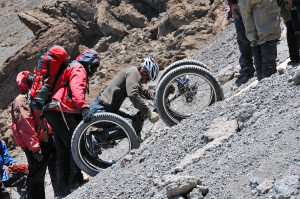
Wheelchairs Made in Tanzania
While talking about the ascent Dave mentioned that there is an organization in Tanzania that designs and builds wheelchairs for the people of Africa. When he told me all about MobilityCare I knew I had to go home and find out more. I kept thinking to myself if they can do that there why can’t we do something like that here. I think it would be amazing to start an adaptive equipment cooperative that helped people get the technology they need.
MobilityCare
The organization is called MobilityCare. MobilityCare has been making wheelchairs in Tanzania since 2003. Several development organizations helped set up the company. Despite starting with limited means, they now work in a well-equipped workshop. Since 2005 MobilityCare has been operating as a fully self-supporting business. They realized that importing wheelchairs can create problems and there is a lack of back-up service and spares are often hard to obtain. Additionally, importing makes people dependent on donations and puts nothing into the local economy. In fact, it works against development. To overcome this, MobilityCare uses the capacity of local people, and locally available materials to provide a durable solution for disabled people in Africa. MobilityCare offers a range of thoroughly tested models to perform in the harsh African environment. All wheelchairs are made by local crafts people from locally available materials. It makes repairs easy and keeps the costs down.
More Than One Way to Reach A Summit
During my research of MobilityCare I came across a lot of awesome people with disabilities who had ascended Kilimanjaro, and these are a few of their stories.
Aaron Phipps
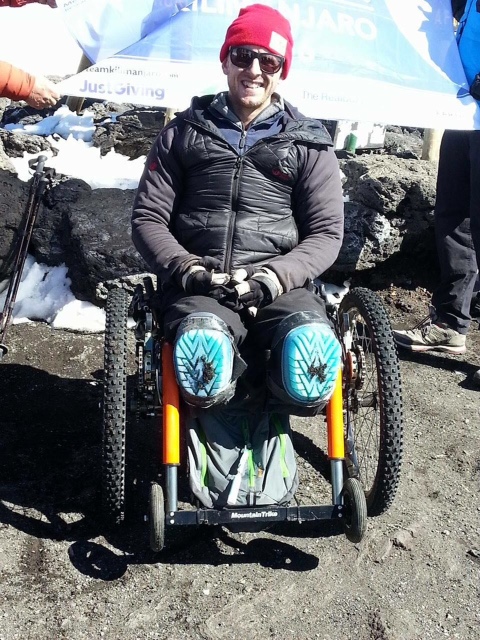
The 31-year-old, from Toronto, Canada – who lost his legs when he was just five years old – reached the summit of the 19,341ft high Mt. Kilimanjaro. He was born with sacral agenesis, a genetic disorder that left his lower spine poorly developed and his legs permanently crossed.
He had his legs removed below the knees at the age of three and, two-years-later, had them amputated to below his pelvis.
Medical experts told him he would never be a functioning member of society but he has continued to defy doctors his entire life.
He trained for a year to scale the tallest peak in Africa without legs and set off on June 12 with best friends David Johnson and Alex Meers.
The trek to the top took seven days, hiking through Tanzania’s jungles, snowfields and deserts. He made most of the ascent of his hands and residual leg limbs. He only used a custom-made wheelchair when the terrain allowed. They topped out on June 18th, 2012 at 11:15 am. As he put it ‘I set out to climb Mt. Kilimanjaro not only to redefine what’s possible for me, but to inspire others to overcome obstacles and challenges of their own, and to give back to communities, that need our help. To read his story check out Aaron Phipps: Paralympian climbs Mount Kilimanjaro ‘on hands and knees’
Michaela Mycroft
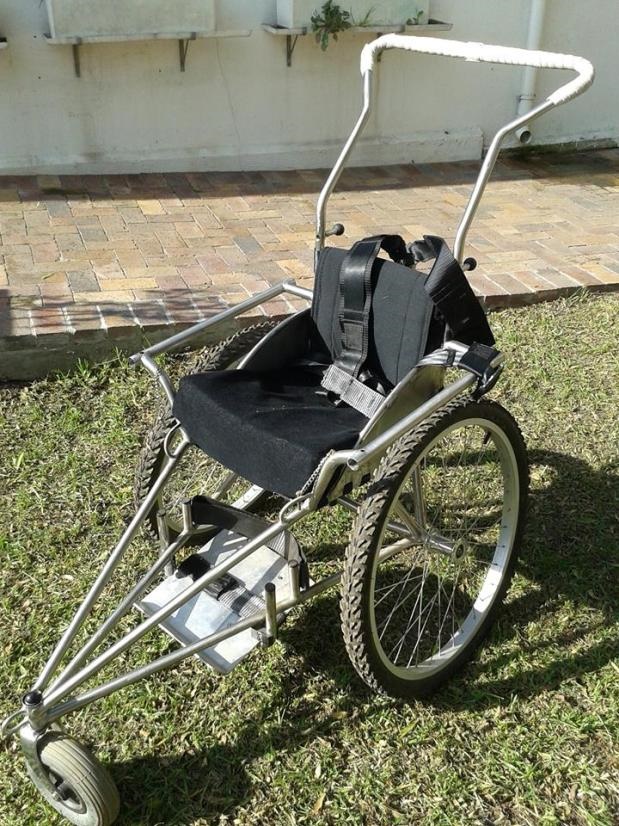
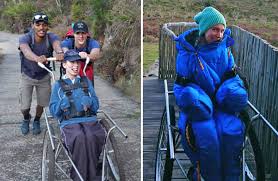
Michaela Mycroft, born with cerebral palsy became the first female quadriplegic to summit Mount Kilimanjaro, after reaching the top of the Uhuru Peak on September 3rd, 2015.
The team was led by Carel Verhoef who has climbed Kilimanjaro once a year for the past nine years. The entire journey was documented on sponsor Discover Africa‘s website and on social media using the hashtag #ClimbwithChaeli . The team also used a SPOT Gen3 tracker that was attached to Chaeli’s wheelchair. This allowed for the team’s position to be tracked every 10 minutes on a GPS map. The team also called home using a satellite phone to give updates on their journey.
To check out all the photos, videos and other information from Chaeli’s climb visit Dreamwork through Teamwork
Kyle Maynard
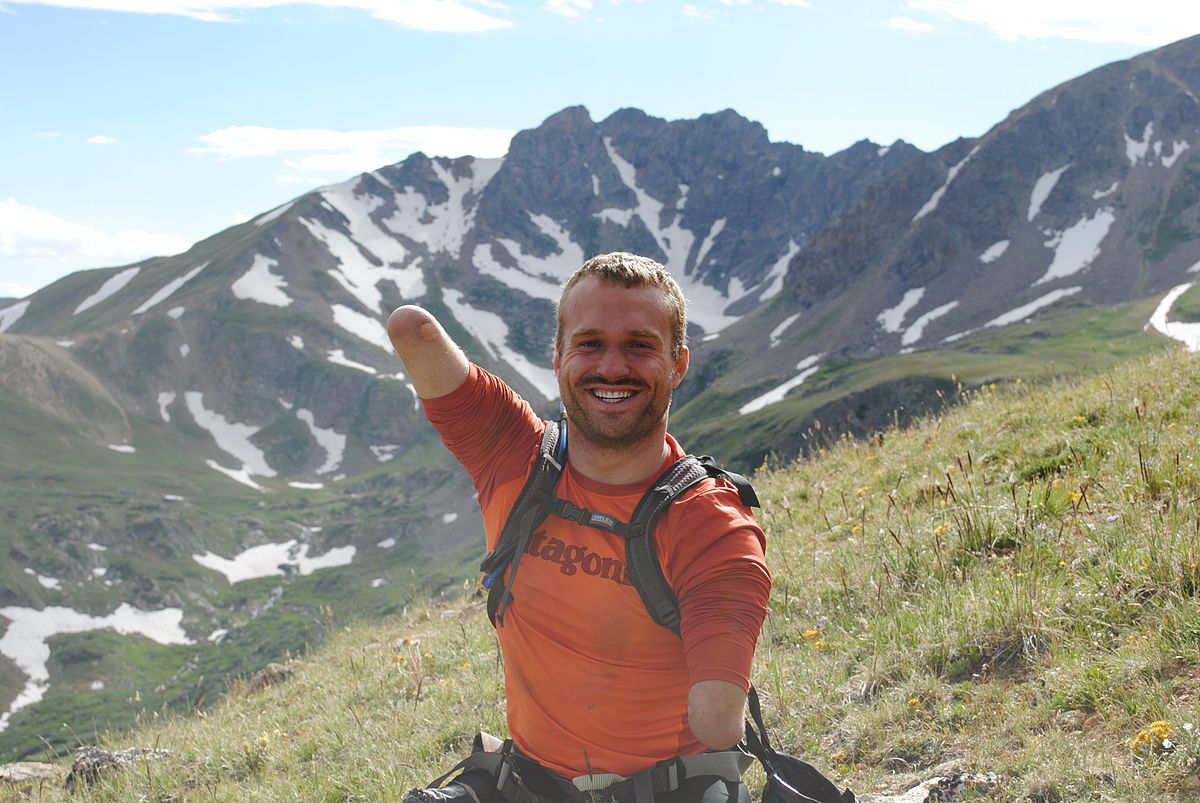
Kyle is the first quadruple amputee to climb Kilimanjaro essentially walking on just his residual limbs. Maynard was born with a rare condition known as congenital amputation that rendered him a quadruple amputee. That hasn’t impeded him. In addition to climbing, Maynard competed in international jiu-jitsu and weightlifting competitions, and wrestled in high school.
Maynard said he lost 35 wrestling matches in a row before he finally won one in high school. Before he got a custom climbing system, he had to wrap his limbs in towels secured with tape.
But Maynard’s incredible spirit and “no excuses” motto helped him power through.
To learn more about Kyle Maynard visit: http://kyle-maynard.com/
My Thoughts
As I was writing this post I started thinking about the many different ways that people have summited Kilimanjaro. I realized that my motto of “If you try, things happen” really is true. All of the people in this post have just tried different ways of doing the same thing and made it happen. This is just a small sample of the many amazing feats that have occurred on Kilimanjaro. I would encourage you to do some looking around and see what else is out there. You will be amazed at what people can do!
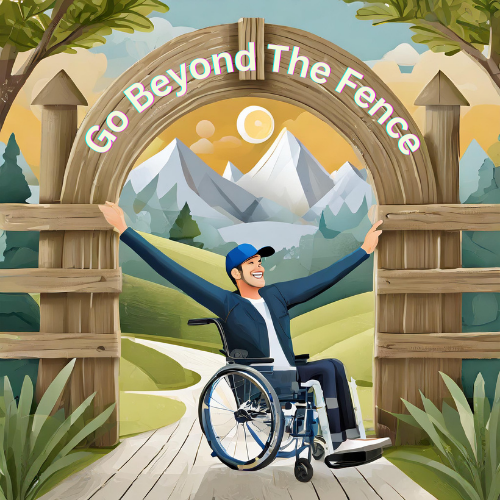

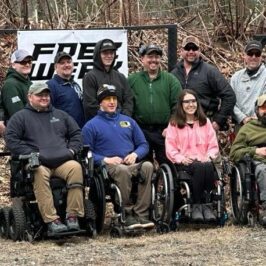
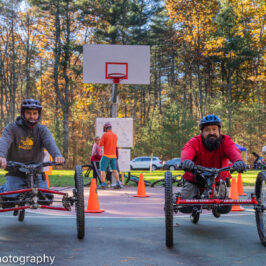
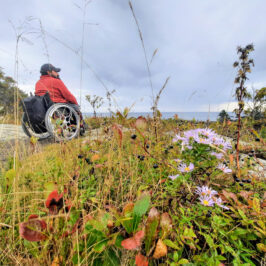

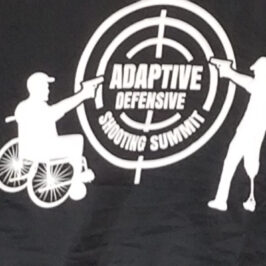
Leave a Reply